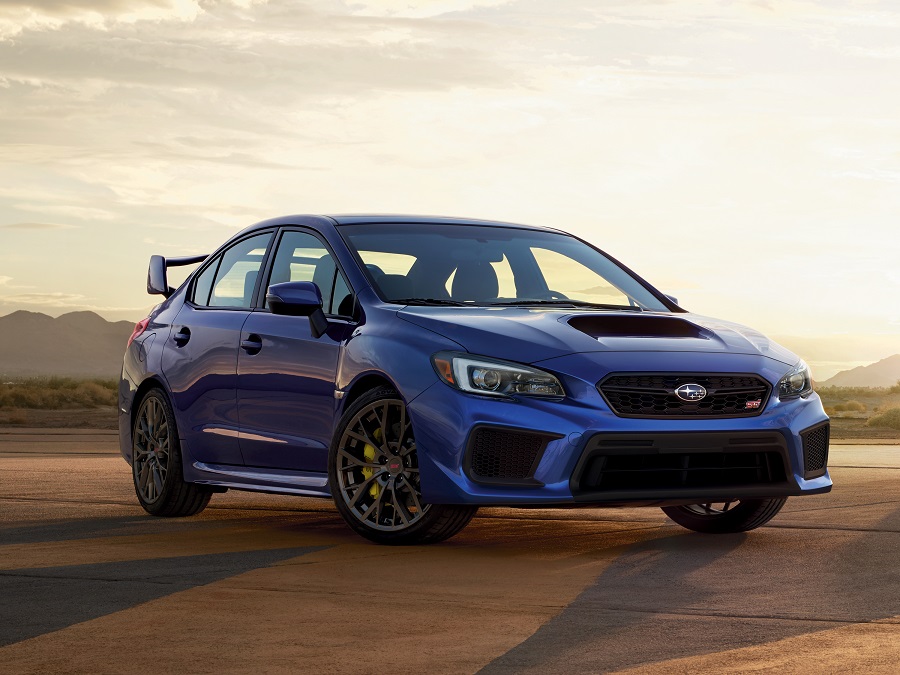Charmed by its boxer grumble and rallying heritage? Read our Subaru WRX STI buying guide before you purchase your next used car.
It may not bear the Impreza badge, but there’s no doubting the genetic roots of the Subaru WRX STI. This four-door AWD sports sedan shares its DNA with some of the most iconic rally cars ever built. McRae, Burns, Solberg, Sainz… these are the drivers that etched their names into motorsport history behind the wheel of a Subaru. Even Mitsubishi legend Makinen crossed the tribal divide to pilot an Impreza WRX STI.
Since the glory days of the ’90s and ’00s, the Impreza moniker has admittedly gone down a different, humbler path; its badge nowadays pinned only to the back of common or garden grocery-getters. However, the exotic WRX and punchier WRX STI nameplates live on as their own performance-focused entities, away from the Impreza’s modern-day malaise. This WRX STI model was the first chapter of the new divide, but even though its trunk may not carry the Impreza badge, a lot of the old rally car’s spirit remains.
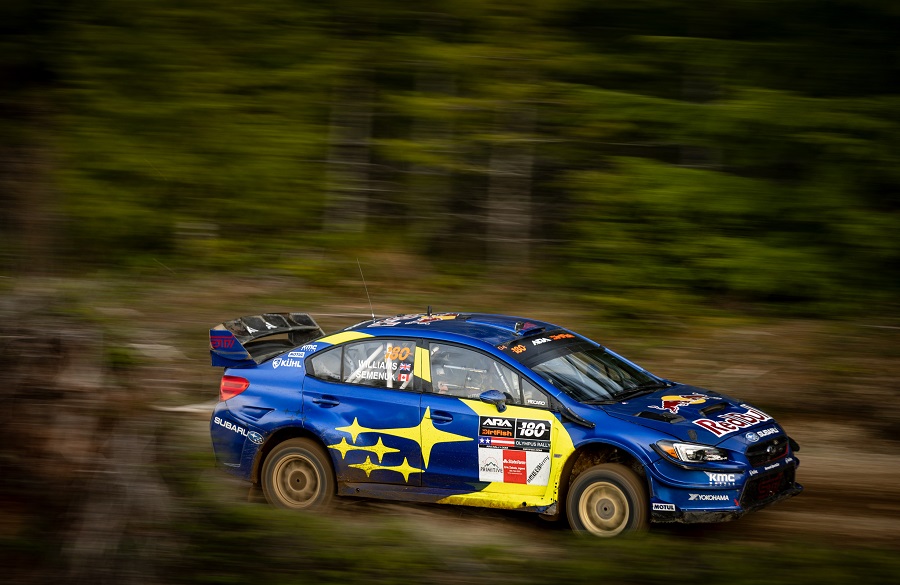
Rally car, Reborn
Although comprehensively modified, the new ‘VA’ chassis’ components can still be traced back to the skeleton of the GJ/GP Impreza – a disappointment to some, who had hoped that the rebranding would be accompanied by an entirely bespoke platform. That said, the lower, wider, longer base did indeed make for an improved driving experience, certainly compared to its predecessors. The global EJ25 and Japan-only EJ20 engines stuck around in the WRX STI too (whereas the WRX moved across to the FA20 engine), this time enhanced by a bigger intercooler and revised ECU, though neither of which did much to alter its 305hp output.
Truth be told, in the time between the death of the third-gen car, and the arrival of the VA, the game had moved on quite considerably within the WRX STI’s market segment. Rivals like the Ford Focus RS and newly-turbocharged Honda Civic Type R FK2 made the traditional Scooby look a little too much like a dinosaur for its own good. Sales never truly took off as a result, as the public sensed a changing of the tide that wasn’t in the WRX STI’s favor. Still, while all that perceived lack of innovation didn’t help it when new, at least it means that now when you buy a used one, there’s no end of old-school Subaru specialists that’ll be able to help you out.
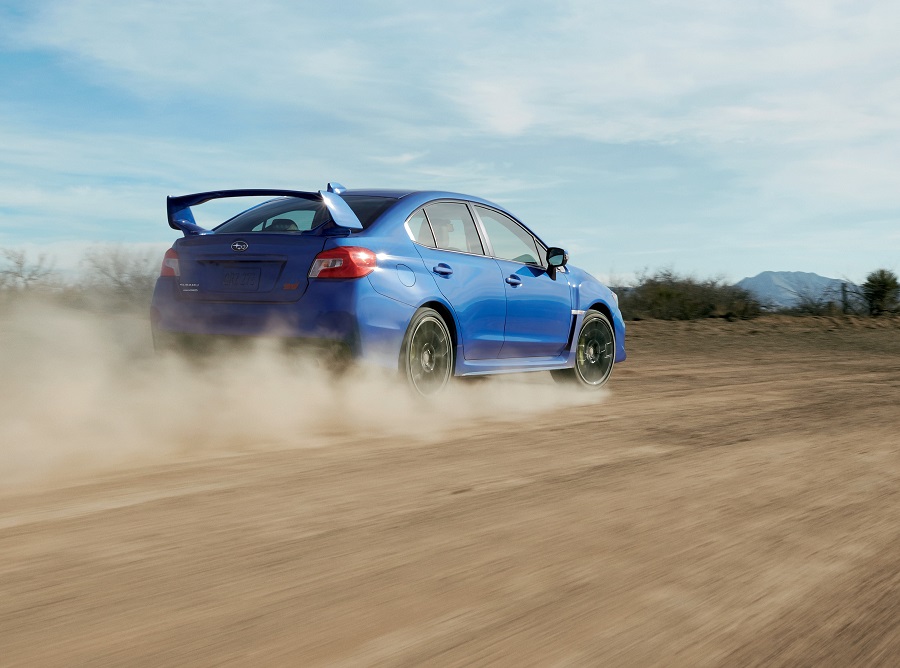
Most Common Problems
- Rod bearing failure
- Ringland failure
- Turbo failure
- Carbon build-up in FA20F WRXs
Pros vs Cons
Pros:
- Sports car performance in a practical body shell
- Impressive all-terrain ability
- Genuine motorsport heritage, iconic brand
Cons:
- Although improved, handling still not to everyone’s liking
- Quirky boxer engine requires more care than most
- Less technologically advanced compared to rivals
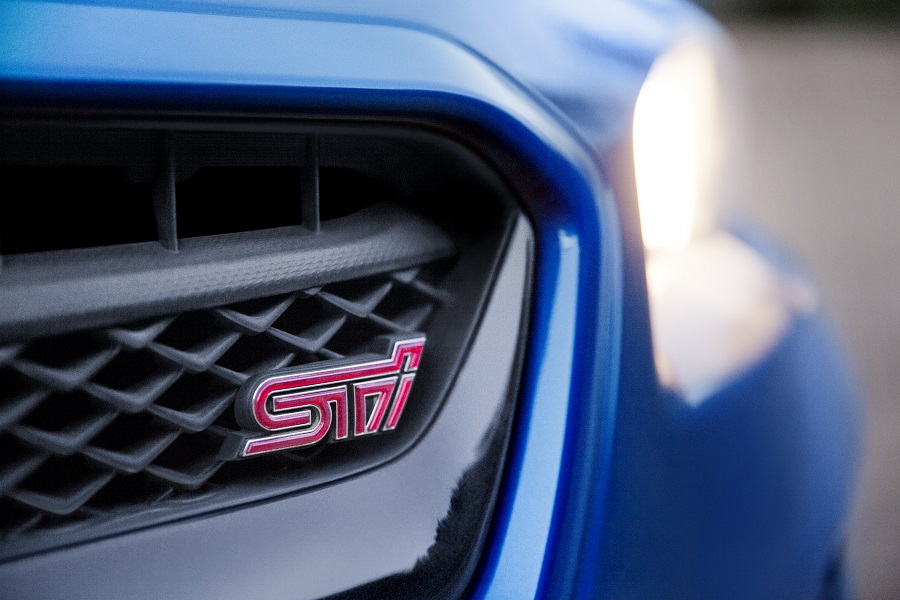
Model Timeline
This fourth-generation (VA) WRX sedan arrived in Subaru dealerships in time for the 2015 model year, and remained in production until 2021. Along the way, it saw several changes and updates in a bid to keep the ageing concept relevant in the latter 2010s.
2017 brought with it a series of changes designed to make the WRX & WRX STI easier to live with. Features such as automatic headlights and windscreen wipers became standard equipment, as did Subaru’s Starlink infotainment system and one-touch window controls. The full-fat WRX STI did receive a performance upgrade too though, in the form of active torque vectoring.
The following year, the VA was freshened up with a facelift, comprising of a re-sculpted front-end, adaptive LED headlights, 19-inch rims, and new Brembo brakes. Subaru also endeavored to liven the car up dynamically, fitting it with a fully electronic center differential (DCCD).
2019 was the year of power upgrades, though they only amounted to five extra ponies. The WRX STI’s EJ25 received stronger pistons, a new air intake, performance exhaust, and revised ECU. 2020, meanwhile, saw the arrival of keyless entry and push-button ignition as standard, while some slight alterations were made to cooling ducts in the front bumper as well.
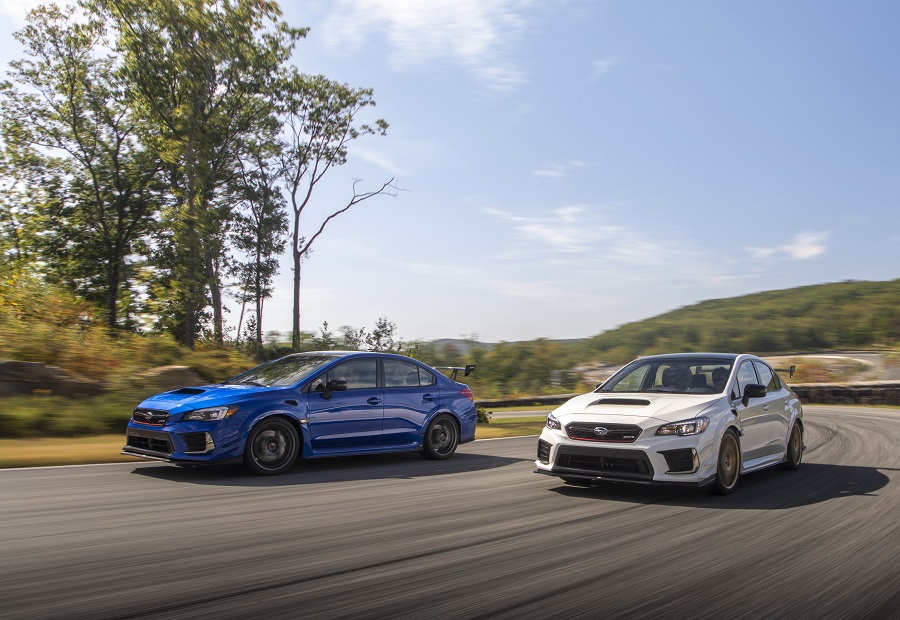
Special Editions
There are *a lot* of special editions of the VA WRX STI. Aptly, the Launch Edition (1000 units) was the first. This simplistic styling package played on the car’s heritage, featuring blue paintwork and gold BBS alloys. The rest of the special editions that came along are as follows:
JDM & Abroad
- S207 (2015) – A JDM-only special, featuring a 323hp tuned version of the EJ20 engine. Other upgrades include a quicker steering rack, uprated Bilstein dampers, and Brembo brakes. 400 produced.
- S208 (2017) – Like the S207, the S208 was a JDM-only car. Its EJ20 engine was boosted up to 329hp, while the rest of the upgrade package largely resembled that of the S207. Also like the S207, you could choose to spec your S208 with an optional ‘NBR Challenge’ aero kit. 450 produced.
- Diamond Edition (2018) – To celebrate the 30th anniversary of the STI nameplate, Subaru’s South African division created an EJ25-powered VA with 350hp and 342lb ft of torque. Only 30 were produced.
- RA-R (2018) – The JDM alternative to the USDM Type RA featured the same modified EJ20 engine found in the S208 special edition. On top of that, it got a new exhaust, and shed a small amount of weight too. 500 produced.
- TC380 (2018) – Overseen by ex Subaru rally driver, Toshihiro Arai, the TC380 is a real unicorn. For this project, Subaru raided the HKS aftermarket parts bin to create an EJ20-powered VA with 380hp. Only 50 were built.
- EJ20 Final Edition (2019) – The EJ20 engine has served Japanese Subaru drivers well for many years, so to bid it farewell, Subaru created 555 examples (a nod to the old WRC livery) of this Final Edition. The internals were heavily strengthened and notably lightened, giving it near-motorsport levels of potential.
USDM
- Hyper Blue (2016) – Reserved for the North American market, Hyper Blue was nothing more than a styling pack, limited to 700 units.
- Type RA (2018) – A celebration of the WRX STI’s prowess around the Nürburgring, The Type RA was introduced to North American markets, defined mostly by new carbon aero and bodywork. That said, buyers did also get a preview of the engine upgrades that became standard for WRX STIs in 2019. 575 were built.
- S209 (2019) – The next iteration of the S20x line left its JDM roots behind to become a USDM special. Only 209 were made, featuring a 341hp version of the EJ25 and several carbon aero add-ons. The suspension was also partly derived from one of Subaru’s endurance race cars.
- Kanrai Edition (2020) – Built for the Canadian market, the Kanrai Edition features a relatively tame exterior but uprated suspension, brakes, and tires. 75 were built.
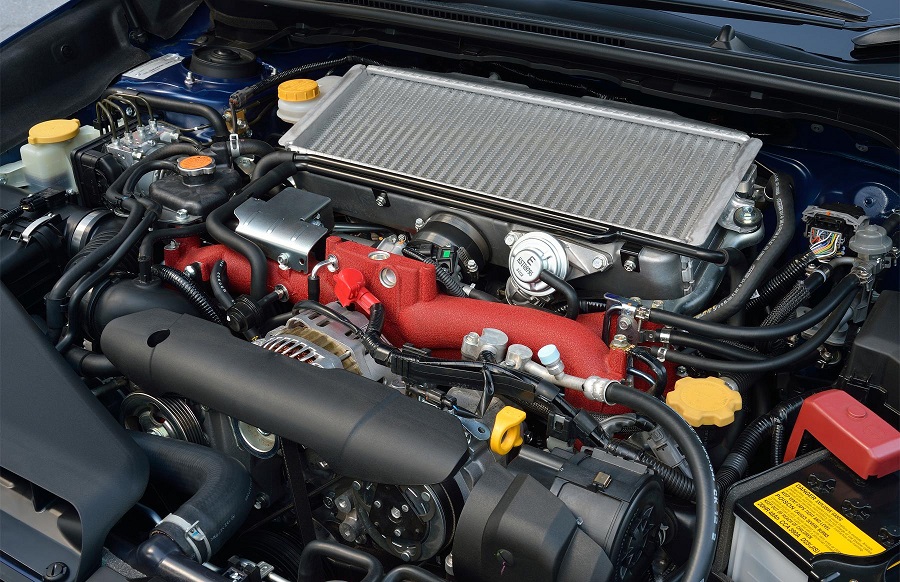
Engine
The EJ25 engine is quite an old one these days, as is the EJ20 that powered Japanese market WRX STIs. So, over the years, Subaru specialists have been able to identify all the things you need to be aware of when owning a fast Scooby.
To be specific, the engine that we’re talking about here is the EJ257 – that seven makes all the difference as it marks this unit out as the top of the EJ25 range. Subaru has used it in the WRX STI since 2004, so it’s well understood.
Ringland Failure
One of the big issues to look out for is ringland failure. Ringlands are small rings of metal that sit between the grooves on the perimeter of a piston, and they have been known to crack on the EJ257.
The warning signs you need to look out for on a test drive include a knocking sound from the engine, smoke coming out the exhaust, low compression, or a feeling that the car is underpowered. If this applies to the WRX STI you’re looking at, run away, because it means you’ll need to fit the bill for new pistons or more a whole new engine. Usually this malady is caused by detonation.
Rod Bearing Failure
Next up, rod bearing failure. Rod bearings sit between the connecting rods and the crankshaft, and essentially, if starved of oil due to a flow issue, will eventually fail. Once the bearings are shot, the connecting rods are likely to flail within the cylinder, causing an audible knocking sound (and probably a great deal of damage). Again, rod bearing failure is almost certainly fatal for the engine, so to avoid that financial headache, keep an ear out for rod knock as you test drive the car. Low oil pressure can also be a tell-tale sign, as can shiny metal flakes in the oil. Though, admittedly that latter point might be hard to check when viewing a used car.
Finally, if you notice grey smoke from the exhaust and an apparent lack of boost while on the test drive, it’s likely that the turbo’s gone, or is on its way out. That’s not a terminal issue for the EJ25, but it is still a costly one.
WRX FA20F Problems
If you’re looking at a non-STI VA-gen WRX, you’ll find the newer FA20 engine under the hood instead. Specifically, the turbocharged FA20F, rather than the N/A FA20D found in the GT 86/BRZ/FRS triplets. Connecting rods are also a potential weakness here, but the most common issue is carbon build-up in the intake ports. When this occurs, there won’t be any dramatic symptoms in the short term, but the consequent suboptimal air flow will result in an engine that isn’t performing at its best. Expect to see things such as power loss, a rough idle, or even misfiring. So, while, carbon build-up won’t cause too much harm initially, if you care about the way your car drives, you’ll want to get it sorted asap.
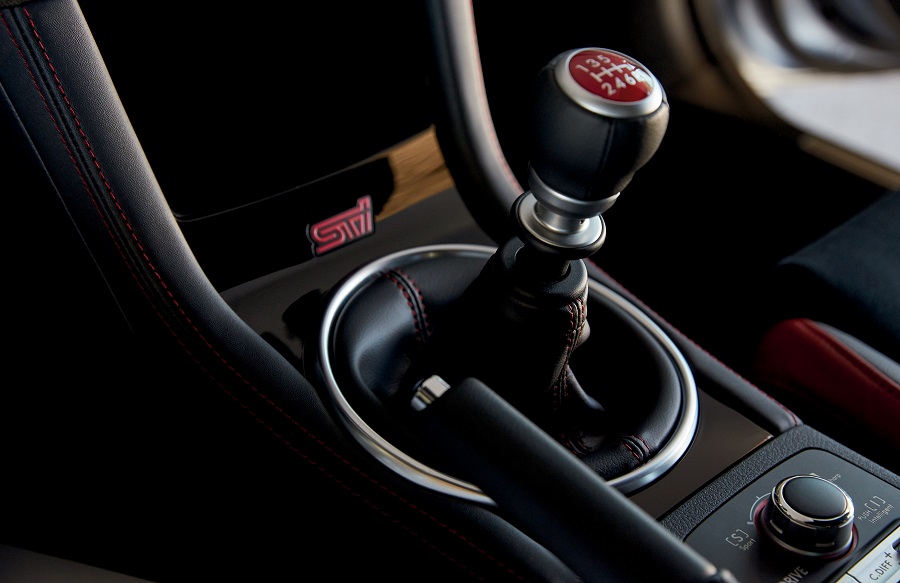
Transmission
The WRX STI has the same 6-speed manual transmission that was present in old car, whereas the non-STI WRX can be found with either that or a CVT auto with simulated gears.
The 6-speed manual is generally quite tough, but as with any used performance car, don’t be surprised if you find it grinding or crunching into gears on upshift. This will be due to worn parts from extended or intense use. Another potential symptom of a worn gearbox is the car jumping out of gear, though if the car has recently had any work down to ‘box, it may also be happening due to an incorrect alignment when the gearbox was rebuilt.
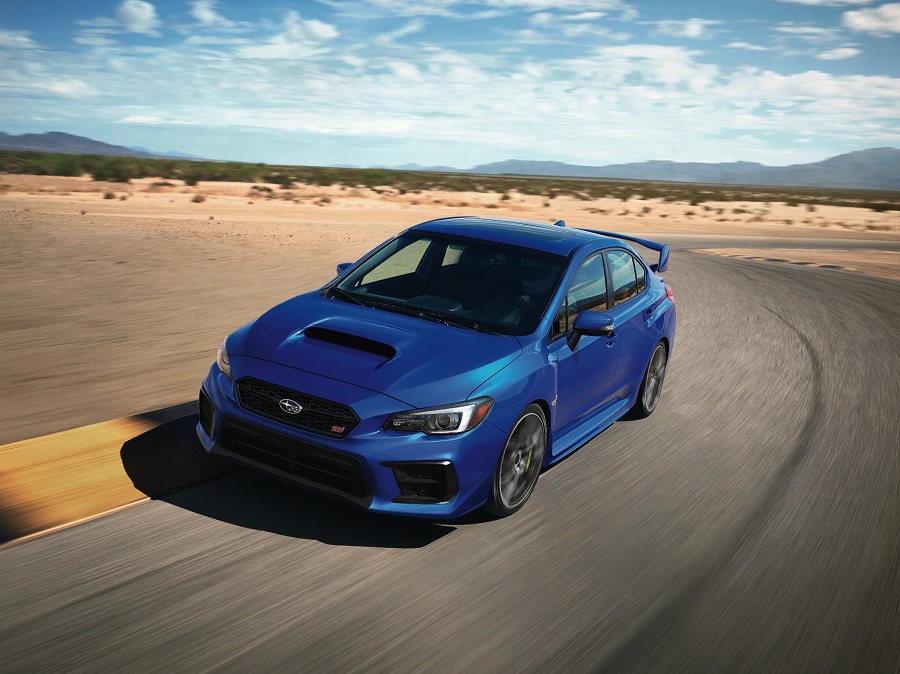
Chassis
Suspension
The suspension components used in the VA-gen WRX STI received quite a major overhaul compared to its predecessor’s running gear. It runs thicker anti-roll bars than the previous model, as well as different ARB mounting points for more rear toe-in. At both ends of the car, meanwhile, you’ll find stiffer bushings and cross-members for better rigidity (and agility) through bends. On top of that, the car gains quicker steering ratios to bring it in line with the JDM WRX STI.
If you can hear knocking from the suspension, it’s quite likely to be a worn droplink or bushing, or perhaps even a shock absorber or the top mounts. Thankfully, the suspension isn’t an area of these cars which carries many red flags with it. Instead, the most common complaints are that the ride can be a bit firm for daily driving. If that’s the case for you, we’d suggest scanning owner’s forums for some softer recommendations that don’t negatively impact the car dynamically too much.
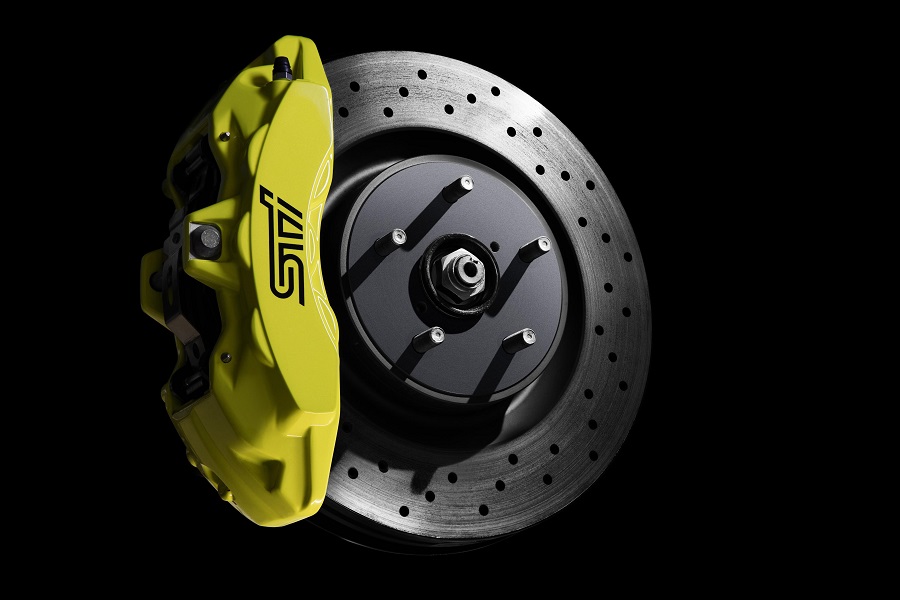
Brakes
Post-2018 WRX STI’s come with a powerful Brembo brake kit, which performs notably better than the stock OEM system you’ll find on the regular WRX. Generally speaking, brakes aren’t an issue on this car.
If you notice excessive squeaking, it might be that the car is due a brake pad replacement. Alternatively, any jittery vibration under braking could suggest warped rotors. These aren’t WRX STI or WRX-specific problems, but it’s a good idea to look out for them whichever car you’re interested in buying.
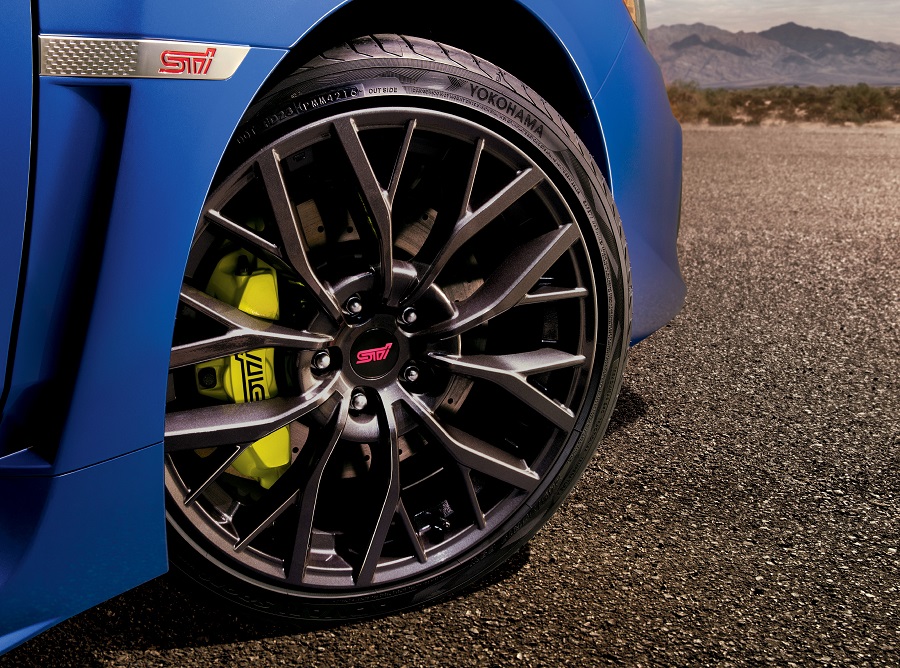
Wheels & Tires
From the factory, the pre-facelift WRX STI came with 18-inch BBS rims cloaked in 245/40R18 tires. When the 2018 facelift arrived, 19-inch rims were the new standard, enveloped in 245/35R19 tires.
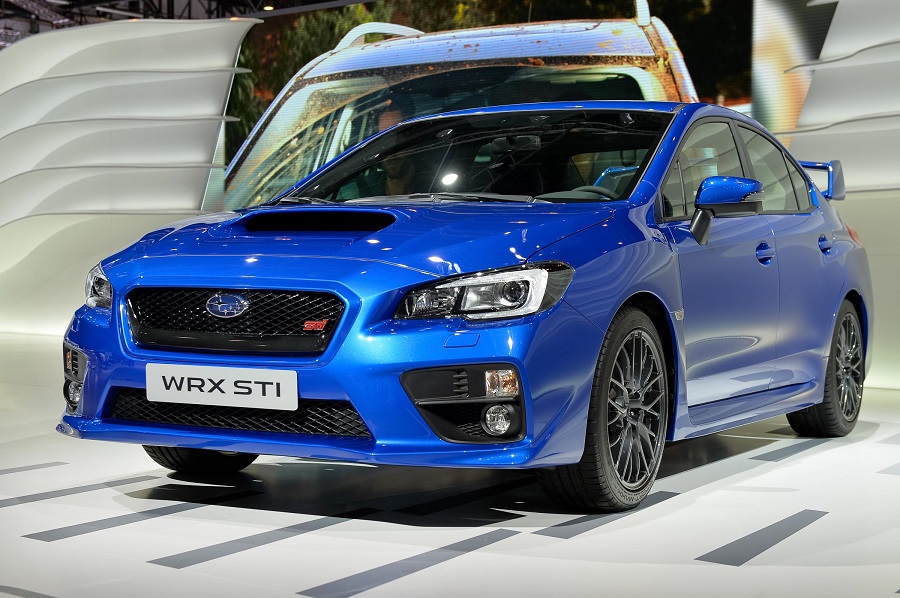
Prices
Naturally, the non-STI WRX is the cheaper option. You can pick up a pre-facelift car for between $10,000-$30,000 depending on mileage and trim level, whereas newer post-facelift cars demand $15,000-$35,000. Perhaps surprisingly, there isn’t too much variation in price between manuals and autos.
As for the more desirable WRX STI, prices for pre-facelift cars start at around $18,000 and can climb to north of $40,000. Post-facelift examples start at around the $25,000-mark, and rise to near-fifty grand. We’d recommend shopping somewhere in the mid-range of the market though. If you’re after a special edition car like the Type RA or S209, expect to pay a premium for it. $40,000+ is what you should expect to pay, though collectors’ items with no mileage are soaring worryingly close to six figures.
Across the pond, WRX STI prices range from £20,000 up to £35,000.
Search for your perfect VA-gen WRX STI at CarGurus.

